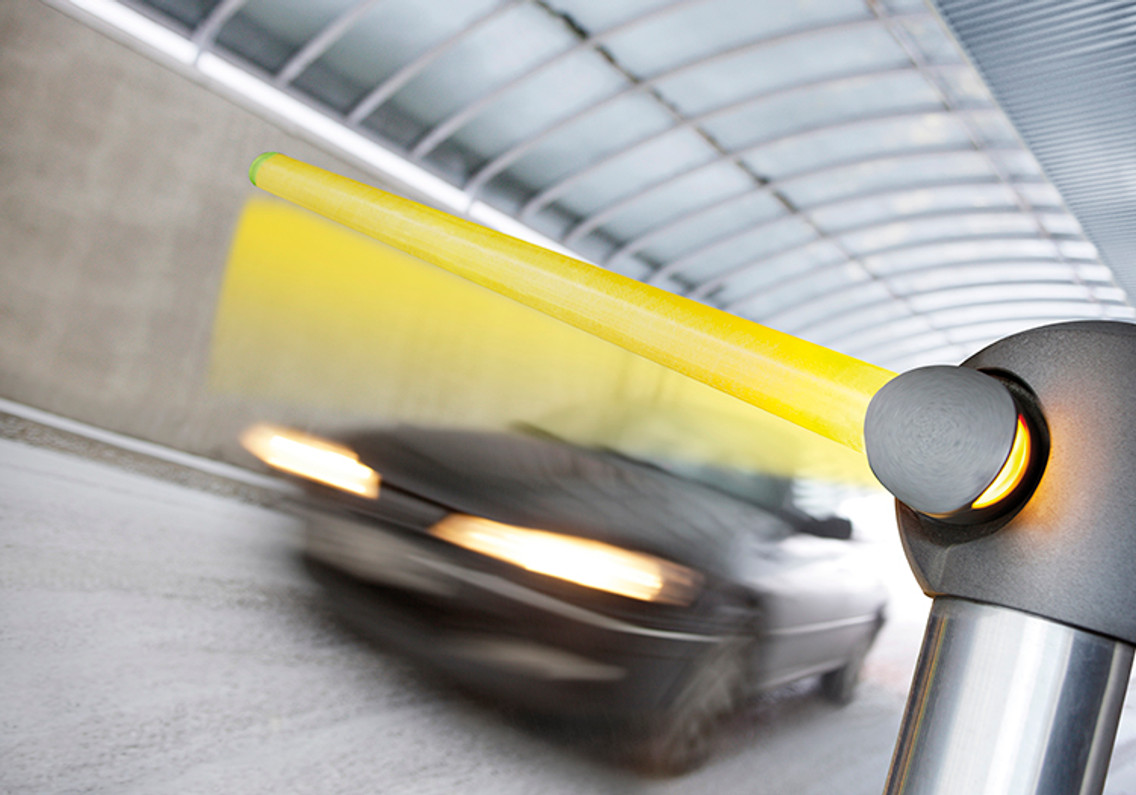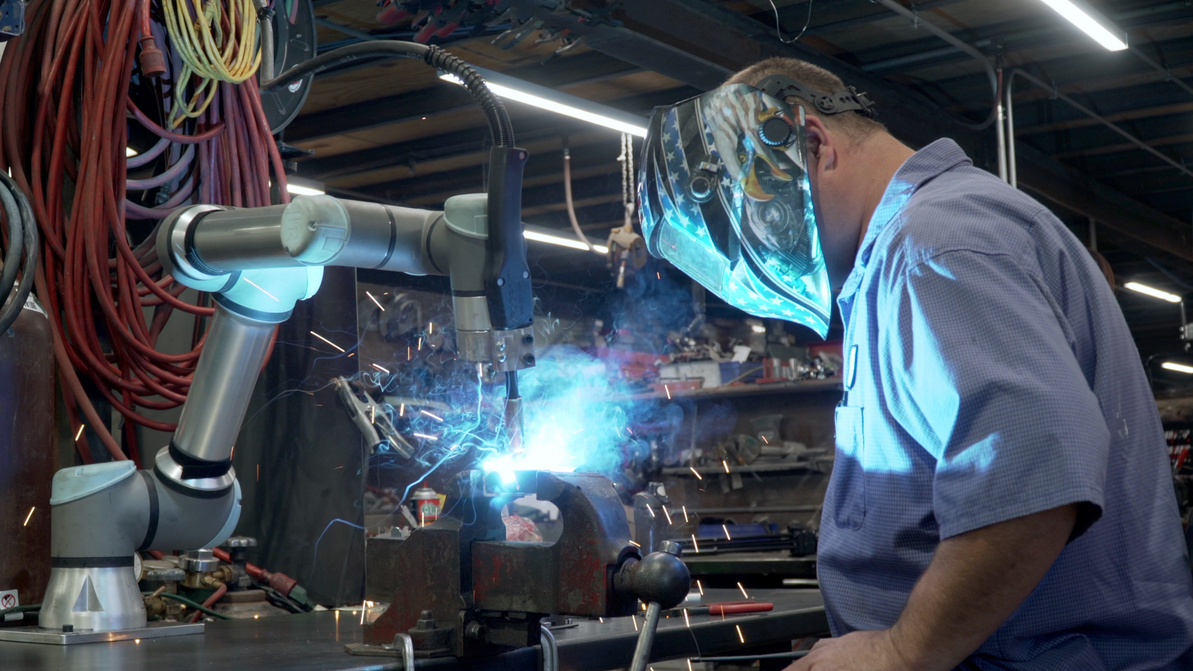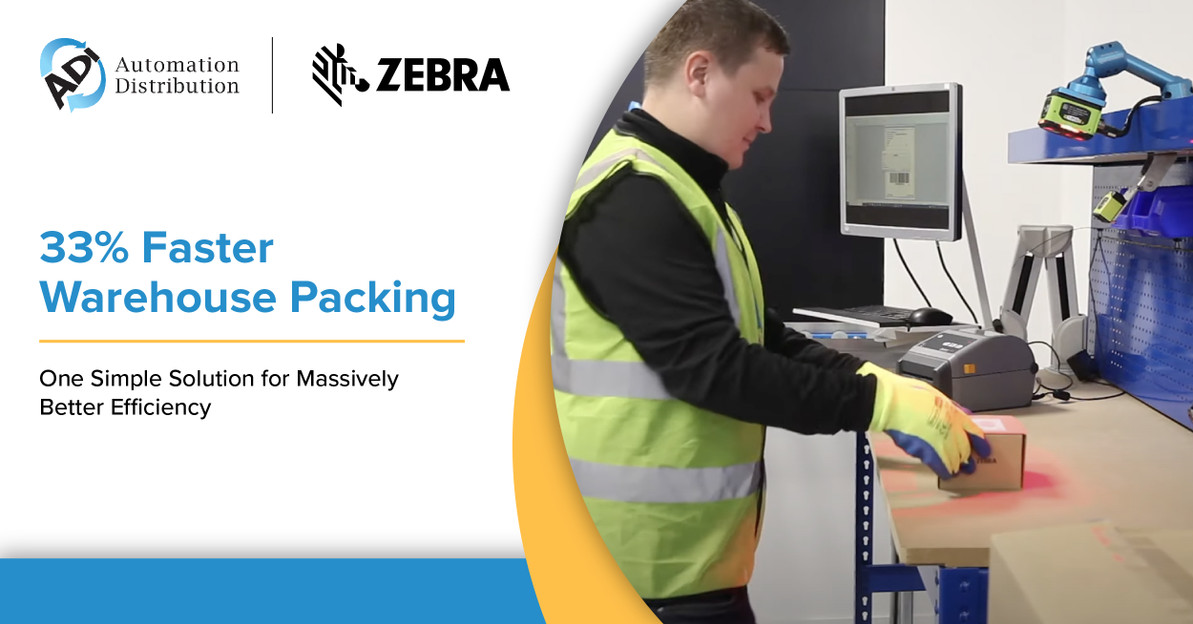Dimension Drives for Performance and Reliability
When selecting a variable speed drive (VSD), it’s important to take the time to dimension it correctly.
There might be different external and internal conditions that need to be considered when selecting the drive to run a machine or process. When aiming for long term reliability, these conditions might affect the rating of the drive. A drive which is correctly dimensioned will work properly throughout its lifetime.
There are a number of factors that may require a drive to be derated (i.e. operated below its rated maximum output current), and after installation it may need to be fine-tuned to match the application. These steps will help ensure your drive provides a long and reliable operating life.
The first thing to do is make sure that you select the right drive for the application. You need to take into account the application itself, environmental conditions, and the load that the controlled motor is operating.
For example, if the ratings have been given at maximum ambient temperature of 40°C, you will need to derate the drive. Another environmental factor – and one which is often overlooked – is the altitude where the drive is installed. The drive will need to be derated if the operating site is located 1000 meters or more above sea level. If it turns out that the application requires more current than the derated drive would be capable of supplying then you will need to select a slightly bigger drive. In practice this usually means taking the next larger frame size. Also, higher switching frequency than the nominal requires normally derating.
Questions to ask about the load include: Is it a quadratic or constant torque load? How cyclical is the load? In some demanding highly cyclical loads it may be worth considering oversizing the drive in order to increase its life time. A little work at this stage to ensure the drive is the right type, and that it will be operating within its specifications, goes a long way to ensuring you will get reliable performance.
Once the dimensioning and derating issues have been resolved, you can select and install the drive. When the application is running there are some further steps you may need to take to get the best out of your drive system. If the drive does not have a choke as standard, in some cases performance will be improved if chokes are fitted. A mains choke – generally available as an option from your drive vendor – can be fitted in the supply cable and this will not only remedy the voltage spikes but also reduce harmonics.
Operating conditions that can require derating or fitting of a choke are summarized in the table.

ABB drives: operating conditions that may require derating and / or the use of a choke.
Finally, it is often possible to improve performance by fine-tuning the drive. A number of motor control adjustments are available, such as slip compensation, acceleration and deceleration times, and maximum current.
Taking these factors into consideration will help you secure trouble-free performance over the drive’s design lifetime. Also bear in mind that it is never a good idea to select a drive based on cost alone – choosing a product simply because it is the cheapest may save a little money at the outset but will usually end up costing much more through incorrect operation and lack of reliability.
Learn more about ABB drives here
Recent Posts
-
Using Scan Tunnels to Track, Sort and Route Warehouse Packages
If you’re using conveyor lines to move products, packages and shipments through your warehouse, the …Apr 17th 2024 -
Embracing Collaboration: How Universal Robots Transformed DeAngelo Marine Exhaust
When the welding robots made their debut at DeAngelo Marine Exhaust, there was a mix of excitem …Apr 11th 2024 -
How to Speed Up Your Warehouse Packing by 33% with Machine Vision
Packing benches are some of the busiest areas of most warehouses, with thousands of items to pack i …Apr 4th 2024




